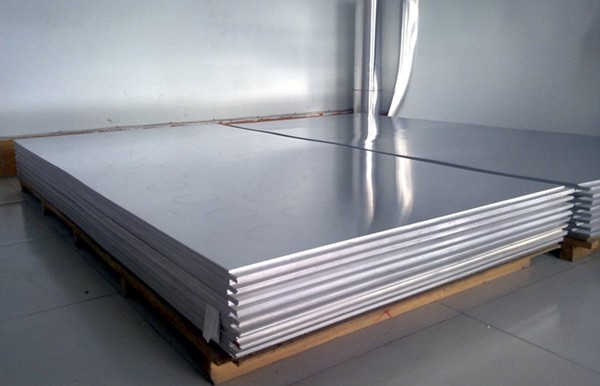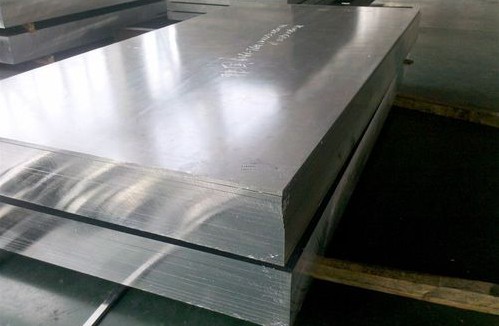Aluminium 5052 and 5083 are two widely used aluminum alloys, each with its own unique properties and applications. Let’s delve into their characteristics, compare their performances, and explore their diverse applications.

Aluminium 5052:
Aluminium 5052 is an alloy primarily comprised of aluminum, magnesium, and chromium. It’s known for its excellent corrosion resistance, particularly in marine environments. This alloy also offers good formability and weldability, making it suitable for various fabrication processes. Additionally, 5052 aluminum has a relatively high fatigue strength and is well-suited for structures exposed to harsh conditions.
Aluminium 5083:
Aluminium 5083, on the other hand, is an alloy mainly composed of aluminum, magnesium, and manganese. It is renowned for its exceptional resistance to seawater corrosion and industrial chemicals. The high strength of 5083 aluminum, coupled with its good formability, makes it a preferred choice for various structural applications. Additionally, 5083 exhibits outstanding weldability and maintains its strength even after welding.

Aluminium 5052 vs 5083
Comparison of Properties:
When comparing the properties of 5052 and 5083 aluminum alloys, 5052 has better formability and lower strength compared to 5083. On the other hand, 5083 offers superior corrosion resistance, particularly in marine environments, and has higher tensile strength. The choice between the two will depend on the specific application’s requirements, balancing strength, formability, and corrosion resistance.
Heat Treatment:
-
5052 Aluminium:
5052 is not heat treatable, which means it does not respond to typical heat treatment processes to enhance its properties.
-
5083 Aluminium:
5083 can be strengthened through heat treatment, resulting in improved mechanical properties, particularly after a solution annealing and quenching process.
Weldability:
Both 5052 and 5083 aluminium alloys exhibit good weldability, allowing for various welding techniques to be employed without a significant loss in strength or other properties.
Applications:
-
5052 Aluminium:
Shipbuilding: Due to its excellent corrosion resistance, 5052 is used in the construction of ship hulls and structures exposed to seawater.
Architecture: Commonly used in architectural applications for its aesthetic appeal and corrosion resistance.
Automotive: Used in vehicle bodies and structures due to its formability and resistance to atmospheric elements. -
5083 Aluminium:
Marine Applications: Widely used in shipbuilding and offshore structures due to its exceptional corrosion resistance in harsh marine environments.
Aerospace Industry: Utilized in aircraft components due to its high strength-to-weight ratio and resistance to stress corrosion cracking.
Pressure Vessels: Used in cryogenic and chemical vessels due to its high resistance to corrosion and pressure.
Usage in Specific Industries:
-
5052 Aluminium:
Electronics: Due to its excellent electrical conductivity, 5052 is used in electronic appliance casings and components.
Packaging: Commonly used in packaging materials like cans and lids due to its formability and resistance to corrosion. -
5083 Aluminium:
Subsea Applications: Widely utilized in subsea components and structures due to its exceptional corrosion resistance in saltwater environments.
LNG (Liquefied Natural Gas) Storage: Preferred for LNG storage and transportation tanks due to its low-temperature toughness and corrosion resistance.
In conclusion, while both 5052 and 5083 aluminium alloys have their unique advantages and applications, choosing the right one depends on the specific requirements of the intended use, considering factors such as corrosion resistance, formability, strength, and the operating environment.
